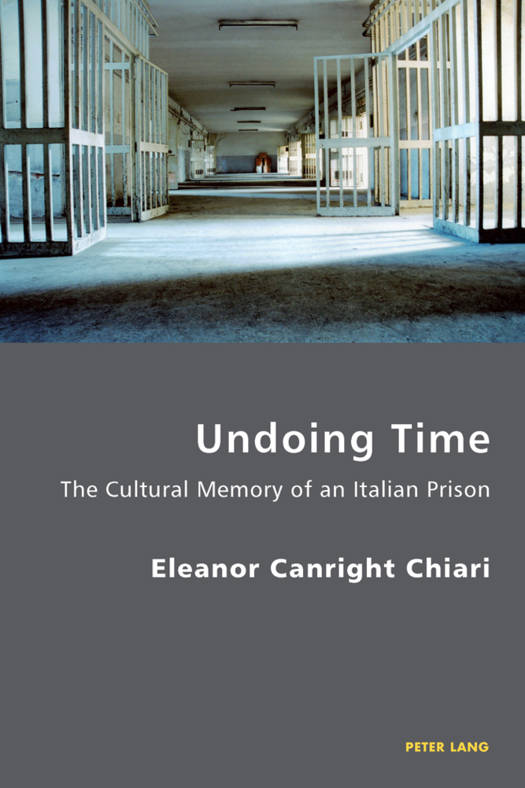
- Afhalen na 1 uur in een winkel met voorraad
- Gratis thuislevering in België vanaf € 30
- Ruim aanbod met 7 miljoen producten
- Afhalen na 1 uur in een winkel met voorraad
- Gratis thuislevering in België vanaf € 30
- Ruim aanbod met 7 miljoen producten
Zoeken
Omschrijving
The walls of Le Nuove prison in Turin are scarred by graffiti, bullets and blood. Opened in 1870, Le Nuove was one of Italy's first panoptical prisons. During the Second World War it was occupied by the Nazis, who executed and deported anti-Fascist and Jewish prisoners held there. In the 1970s it housed left-wing 'terrorists', who spearheaded violent riots that spread to prisons across Italy. The prison staff became targets and four were shot dead. When Le Nuove finally closed down in October 2003, the memories of the tragic events that occurred there became obstacles to its demolition.
Combining oral history, anthropology and micro-history, this book examines the cultural memory of Le Nuove via interviews, archives and the material traces left within the building itself. The volume examines issues such as the relationship between memory and place, forgetting, and the problems of a global cultural heritage increasingly focused on places of suffering. By following the architecture of the prison in her narrative, the author actively engages with the many layers of time competing to give meaning to the prison today, as well as addressing the hidden stories, myths and silences that condition any study of cultural memory.
Combining oral history, anthropology and micro-history, this book examines the cultural memory of Le Nuove via interviews, archives and the material traces left within the building itself. The volume examines issues such as the relationship between memory and place, forgetting, and the problems of a global cultural heritage increasingly focused on places of suffering. By following the architecture of the prison in her narrative, the author actively engages with the many layers of time competing to give meaning to the prison today, as well as addressing the hidden stories, myths and silences that condition any study of cultural memory.
Specificaties
Betrokkenen
- Auteur(s):
- Uitgeverij:
Inhoud
- Aantal bladzijden:
- 243
- Taal:
- Engels
- Reeks:
- Reeksnummer:
- nr. 14
Eigenschappen
- Productcode (EAN):
- 9783034302562
- Verschijningsdatum:
- 18/07/2012
- Uitvoering:
- Paperback
- Formaat:
- Trade paperback (VS)
- Afmetingen:
- 147 mm x 224 mm
- Gewicht:
- 385 g

Alleen bij Standaard Boekhandel
+ 154 punten op je klantenkaart van Standaard Boekhandel
Beoordelingen
We publiceren alleen reviews die voldoen aan de voorwaarden voor reviews. Bekijk onze voorwaarden voor reviews.











